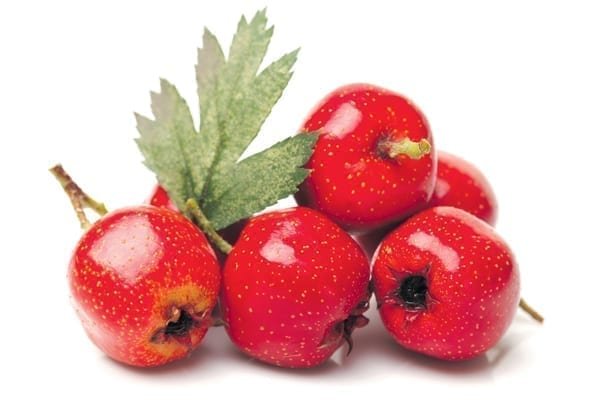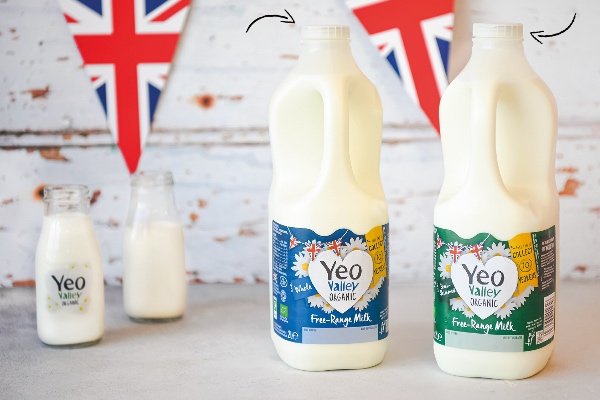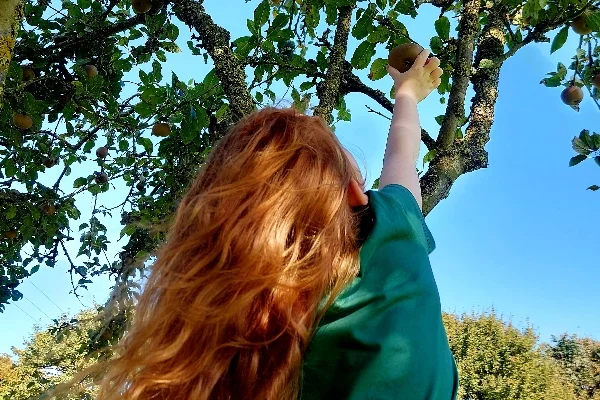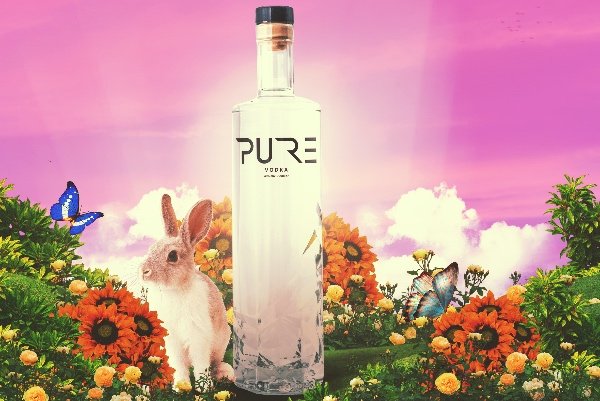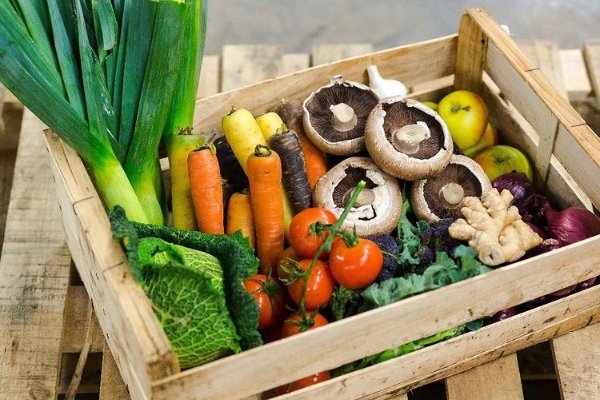Click here to find out why the Culinary Caveman’s Green Gaia Goodness is a MyGreenPod.com Hero
Hawthorn and the heart
The heart also appears to thrive when fed high-potassium foods such as deep greens, avocados, bananas, squashes, beans, tomatoes and potatoes – though not crisps or chips! – and those high in fibre, which means all the vegetables. It definitely does not thrive on processed foods, stuffed full of the deadly whites of sugar, dairy, flour, fats and oils, salt, rice and lies. Ditch the white and go for wholegrain every time.
Science has confirmed that these plants are good for the heart; looking more microscopically, the best vitamins and minerals for the heart would be the triumvirate of magnesium, potassium and calcium (found in dark leafy greens – nettles would be ideal), folic acid (parsley and nettles) and CoQ10 (fish, broccoli and other brassicas, red fruit, legumes and organ meats).
Exponents of Traditional Chinese Medicine have known for millennia that hawthorn hugely benefits the heart – and recent results from numerous scientific studies show that future pharmaceutical drugs in the field of the heart could well rely heavily on hawthorn berries (haws). Hawthorn is also abundant, being a common hedge and boundary tree, so there’s no excuse not to eat the fresh leaves that bud from the tree in May, and the haws that appear from September.
Natural aphrodisiacs
Most heart attacks happen on a Monday and Christmas Day is the most common day of the year to suffer one – so take extra care at Christmas in 2023!
It’d be scandalous not to mention the best natural aphrodisiacs when discussing the heart. Almonds, apples, asparagus, avocados, bananas, cherries, chillies, chocolate, coffee, figs, ginseng, honey, oysters, pomegranates, red wine, saffron, salmon, strawberries, vanilla, walnuts and watermelon are all wonderful ingredients to incorporate into a meal with your loved one, so have fun experimenting!
Click here for the Culinary Caveman’s book, The Seven Deadly Whites.
 Play Video about This Rock Might Just Save The World
Play Video about This Rock Might Just Save The World Play Video about Play 2 hours of rock
Play Video about Play 2 hours of rock Play Video about Play 2 hours of brook
Play Video about Play 2 hours of brook Play Video about Play 2 hours of sheep
Play Video about Play 2 hours of sheep

















